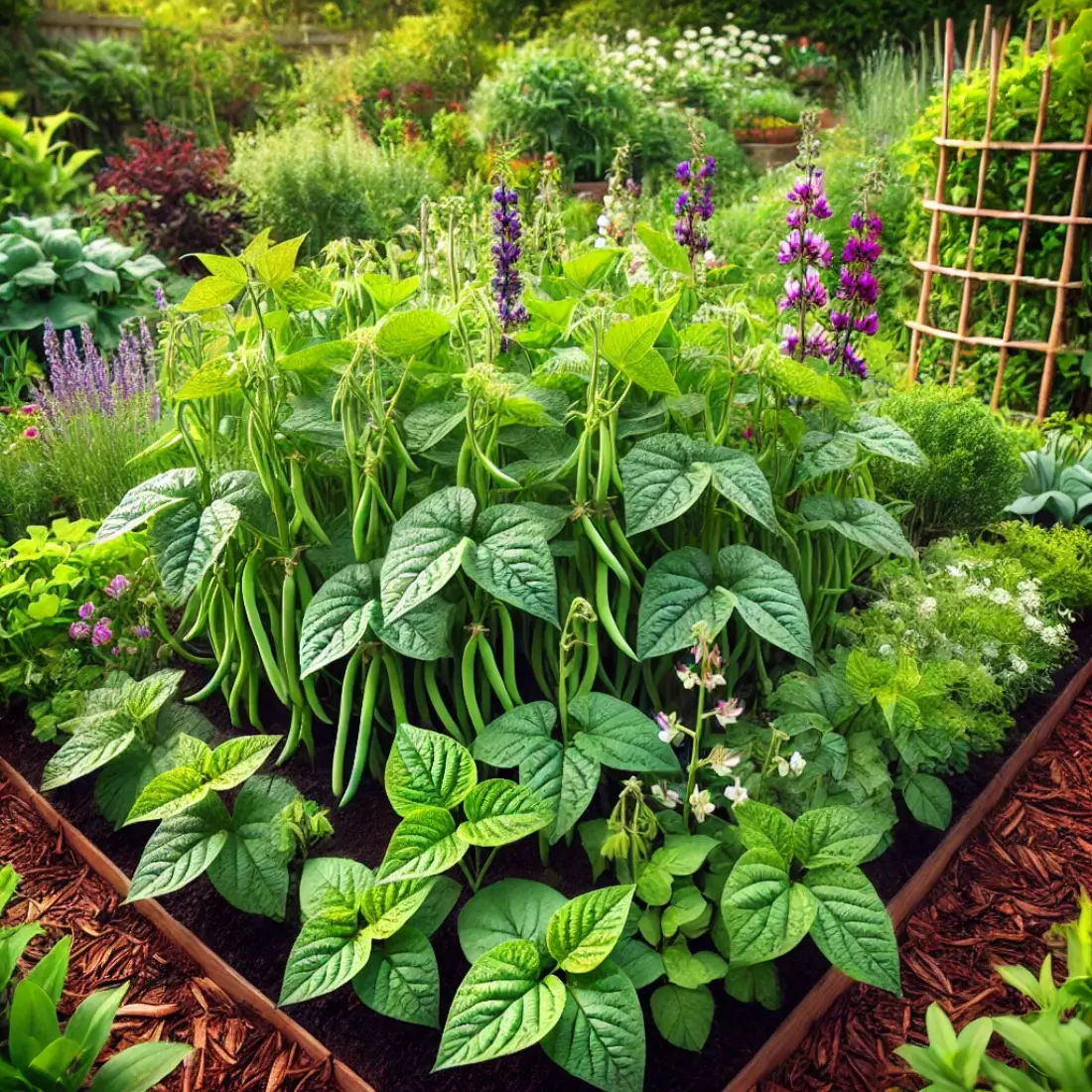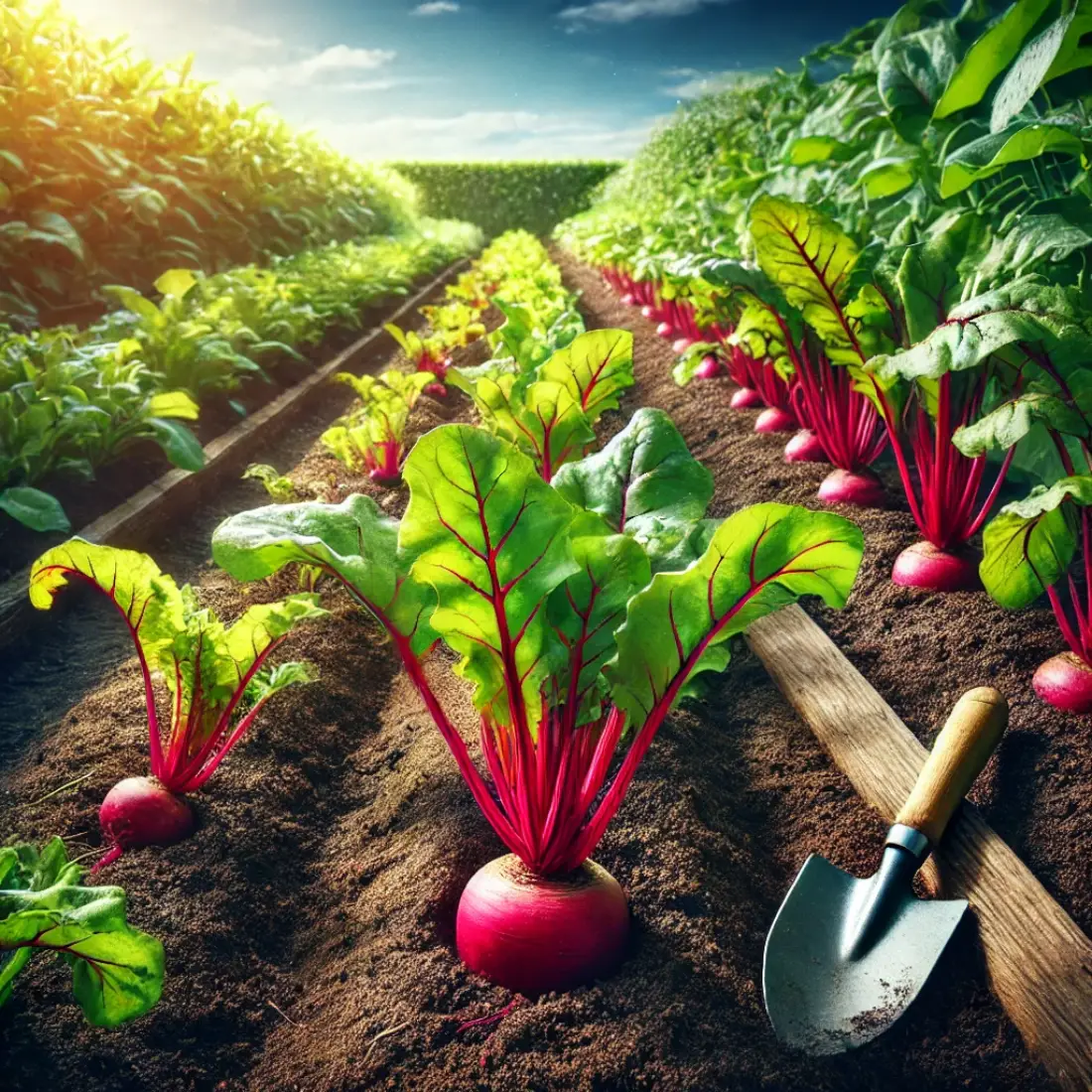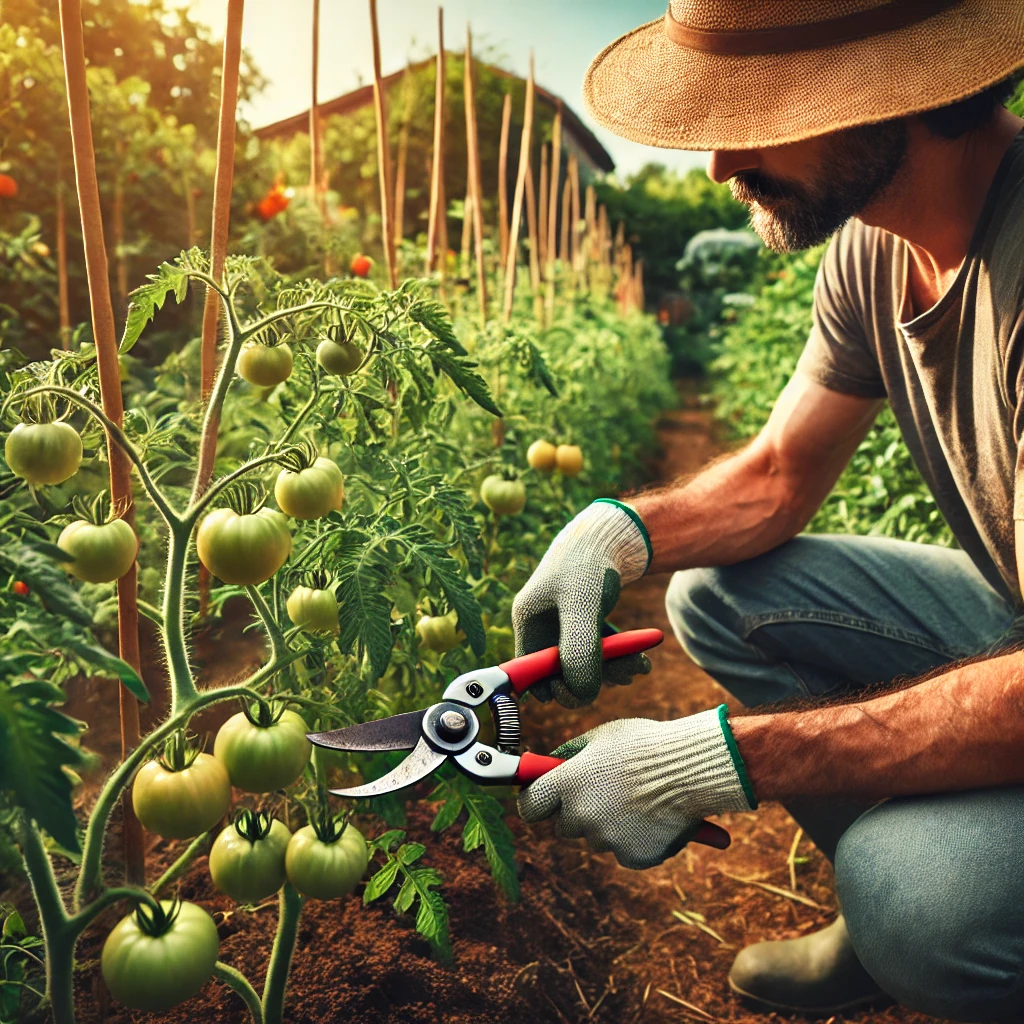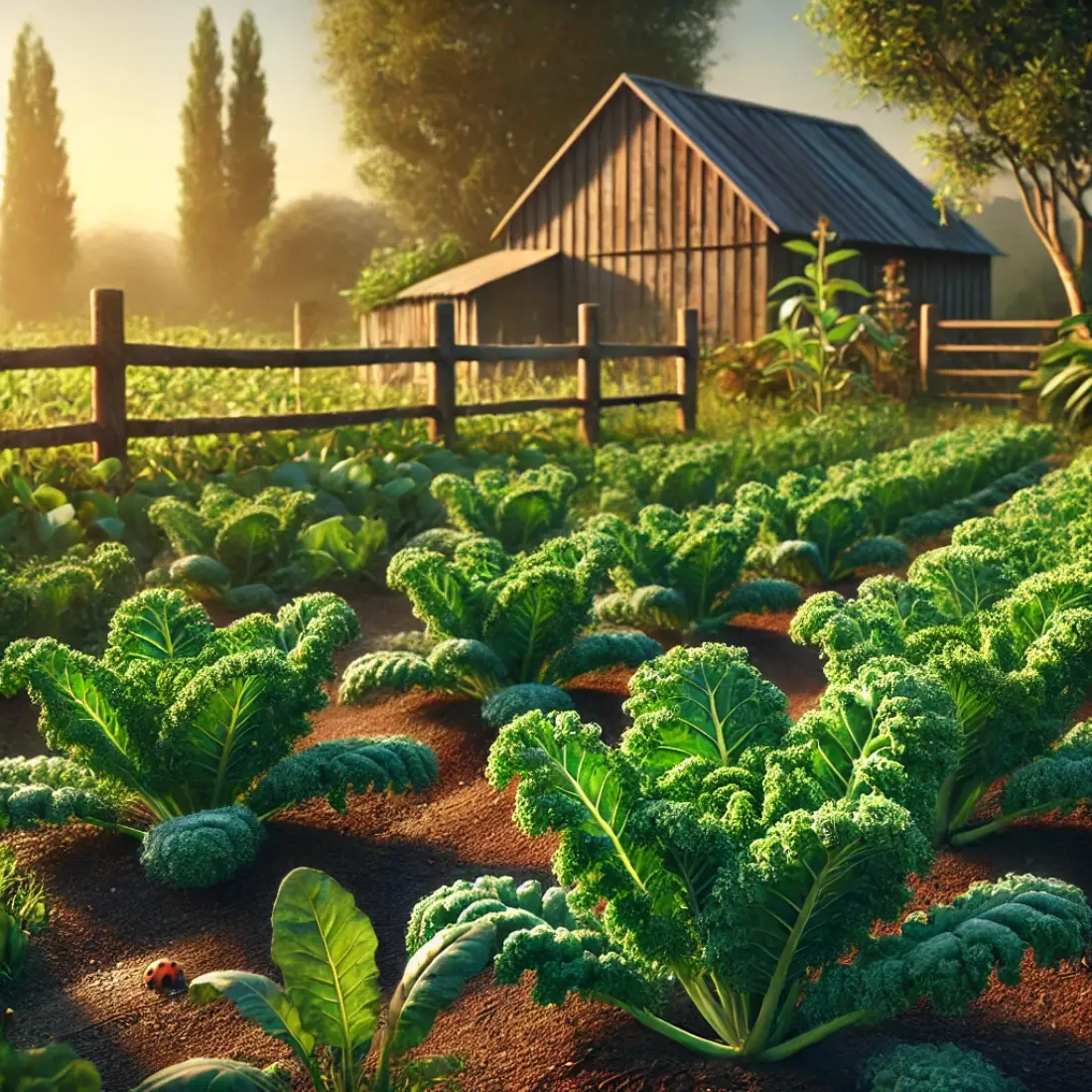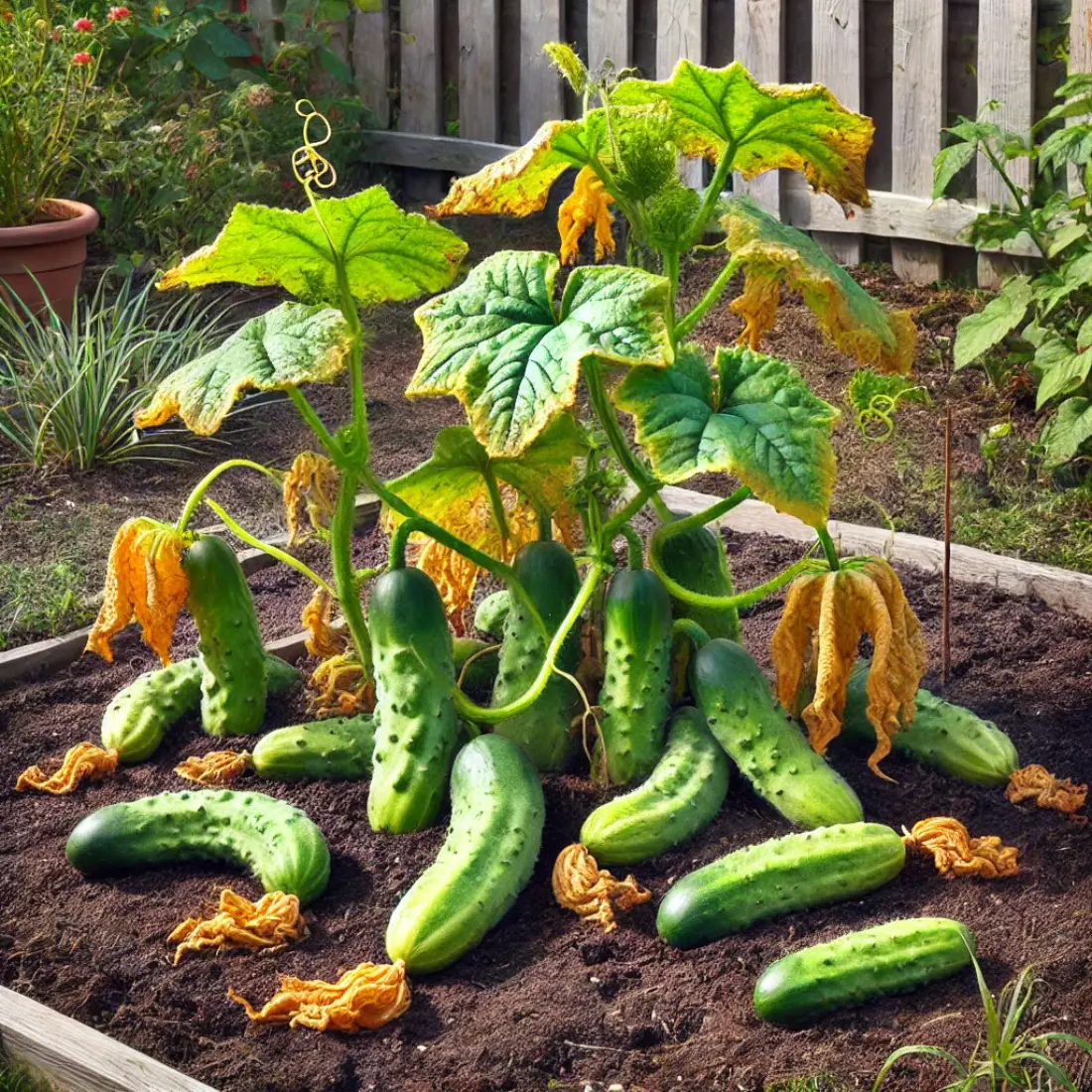Beans are not only delicious and nutritious, but they also play a vital role in improving soil health through nitrogen fixation. This makes them an excellent choice for crop rotation and sustainable gardening practices.
Growing your own beans ensures access to fresh, organic produce, saving money and reducing grocery trips. Home-grown beans are more nutritious and flavorful compared to store-bought ones.
- Understand different bean types: Bush, pole, snap, shell, and dry beans have unique growing needs.
- Proper planting techniques: Location, soil prep, and timing are crucial.
- Effective care: Watering, fertilizing, mulching, and pest control.
- Successful harvest: Knowing when and how to harvest ensures maximum yield.
Types of Beans
Understanding the different types of beans is essential for successful cultivation. The main categories are bush beans and pole beans, each with unique characteristics and growth habits.
Bush Beans: These beans grow in a compact, bushy form and do not require support. They are ideal for smaller gardens and container planting. Bush beans mature quickly, typically within 50-60 days, allowing for multiple harvests throughout the growing season. Popular varieties include Blue Lake, Contender, and Provider.
Pole Beans: These beans grow as climbing vines and need support such as trellises or stakes. Pole beans require more space and time to mature, usually taking 60-70 days, but they produce higher yields over a longer period. Common varieties are Kentucky Wonder, Scarlet Runner, and Fortex.
Beans are further categorized by their use:
Snap Beans: Also known as green beans, they are harvested while still tender and eaten whole. Varieties include Haricot Vert and Purple Queen.
Shell Beans: Harvested when seeds are plump but not yet dried, these beans are shelled and eaten fresh. Varieties include Lima beans and Edamame.
Dry Beans: Allowed to mature fully and dry on the plant, these beans are harvested for long-term storage. Popular types are Black Beans, Pinto Beans, and Kidney Beans.
Preparing to Plant Beans
- Choosing the Right Location: Beans need full sun, requiring at least 6-8 hours of direct sunlight each day. Select a spot with good air circulation to prevent diseases.
- Soil Preparation: Beans prefer well-draining, loamy soil with a pH of 6.0-7.0. Conduct a soil test to check pH levels and nutrient content. Amend the soil with compost or well-rotted manure to improve fertility and drainage.
- Planting Time: Beans are warm-season crops. Plant them after the last frost date when the soil temperature is consistently above 60°F (16°C). Avoid planting too early, as beans do not tolerate frost and cold soil inhibits germination.
- Seed Treatment: Consider inoculating seeds with rhizobium bacteria to enhance nitrogen fixation. This promotes healthier plants and better yields.
- Site Preparation: Clear the planting area of weeds and debris. Till the soil to a depth of 6-8 inches to loosen it and incorporate organic matter.
How to Plant Beans
Direct Sowing vs. Transplanting:
- Direct Sowing: Beans are usually direct sown, as they do not transplant well. Sow seeds directly into the garden bed after the last frost.
- Transplanting: If starting indoors, use biodegradable pots to avoid root disturbance. Transplant carefully after soil warms up.
Spacing and Depth:
- Bush Beans: Plant seeds 1 inch deep and 2-4 inches apart, with rows 18-24 inches apart.
- Pole Beans: Plant seeds 1 inch deep and 4-6 inches apart, with rows 24-36 inches apart. Provide support structures like trellises or stakes at planting time.
Companion Planting with Beans:
- Best Companions: Corn, squash, and cucumbers. These plants benefit from beans’ nitrogen-fixing abilities and provide mutual support.
- Plants to Avoid: Avoid planting beans near onions, garlic, and fennel, as these can inhibit bean growth.
Planting Technique:
- Prepare the soil by loosening it and removing weeds.
- Create shallow trenches for bush beans or holes for pole beans.
- Place seeds at the appropriate depth and spacing.
- Cover seeds with soil and gently pat down.
- Water the planted area thoroughly but gently to avoid displacing seeds.
Caring for Bean Plants
Watering Requirements:
- Frequency: Water beans consistently, about 1 inch per week, depending on weather conditions. Avoid letting the soil dry out completely.
- Method: Water at the base of the plants early in the morning to minimize evaporation and reduce the risk of disease. Avoid wetting the foliage to prevent fungal infections.
Fertilizing Beans:
- When to Fertilize: Beans typically don’t require much fertilization if the soil is well-prepared with compost. Over-fertilizing can lead to excessive leaf growth at the expense of bean production.
- Organic Fertilizers: Use a balanced organic fertilizer. Apply at planting and once during the growing season if the plants appear to need a nutrient boost.
Mulching and Weeding:
- Benefits of Mulching: Mulch around bean plants helps retain soil moisture, suppress weeds, and regulate soil temperature.
- Effective Weeding Techniques: Regularly remove weeds that compete for nutrients and water. Hand-pull weeds or use a hoe, being careful not to disturb bean roots.
Support Structures for Pole Beans:
- Trellises and Stakes: Install sturdy supports like trellises, poles, or teepees at planting time for pole beans to climb. This keeps the plants off the ground, improving air circulation and reducing disease risk.
- Training the Vines: Gently guide and tie the vines to the support structures as they grow to ensure proper coverage and maximize yield.
Common Pests and Diseases
Common Pests:
Aphids: These small, sap-sucking insects can cause stunted growth and transmit diseases. Introduce beneficial insects like ladybugs and lacewings, spray plants with a mixture of water and mild soap, or use neem oil.
Bean Beetles: Adults and larvae feed on bean leaves, creating holes and reducing plant vigor. Handpick beetles and larvae off plants, use row covers to protect young plants, and introduce natural predators such as parasitic wasps.
Cutworms: These caterpillars cut down seedlings at soil level. Place collars around seedlings, remove plant debris where cutworms hide, and encourage natural predators like birds and beneficial nematodes.
Common Diseases:
Anthracnose: This fungal disease causes dark, sunken lesions on leaves, stems, and pods. Rotate crops annually, plant disease-resistant varieties, and avoid overhead watering to keep foliage dry. Remove and destroy infected plant parts.
Rust: Rust causes orange-brown pustules on leaves, leading to reduced photosynthesis and vigor. Ensure good air circulation by proper spacing, avoid wetting leaves, and apply sulfur or copper-based fungicides if necessary.
Powdery Mildew: A white, powdery fungus that covers leaves and stems, hindering photosynthesis. Improve air circulation, avoid overhead watering, and apply a mixture of baking soda, water, and a few drops of dish soap.
Harvesting Beans
When to Harvest:
- Snap Beans: Pick when pods are firm and crisp, before seeds bulge, usually 50-60 days after planting.
- Shell Beans: Harvest when pods are full but still green, typically 70-80 days after planting.
- Dry Beans: Allow pods to dry on the plant until they rattle, around 90-100 days after planting.
How to Harvest Properly:
- Use scissors or garden shears to avoid damaging the plant.
- Pick beans regularly to encourage continued production.
Post-Harvest Care:
- Store snap beans in the refrigerator.
- Dry beans should be fully dried and stored in a cool, dry place.
FAQs about Growing and Caring for Beans
How long do beans take to grow?
Snap beans typically take 50-60 days, shell beans 70-80 days, and dry beans 90-100 days from planting to harvest.
Can beans grow in partial shade?
Beans thrive best in full sun, requiring at least 6-8 hours of direct sunlight daily. Partial shade can lead to lower yields.
How often should I water my bean plants?
Beans need about 1 inch of water per week. Water deeply and consistently, but avoid waterlogging to prevent root rot.
What type of soil is best for growing beans?
Beans prefer well-draining, loamy soil with a pH between 6.0 and 7.0. Enrich the soil with organic matter like compost for best results.
Do beans need to be fertilized?
Beans generally require minimal fertilization if grown in well-prepared soil. Over-fertilizing can lead to excessive foliage and reduced bean production.
How can I prevent pests and diseases in my bean plants?
Practice crop rotation, use disease-resistant varieties, ensure proper spacing for air circulation, and apply natural pest control methods like neem oil and beneficial insects.
What is the best way to support pole beans?
Use sturdy supports like trellises, poles, or teepees. Install these structures at planting time and guide the vines to climb as they grow.
Can I grow beans in containers?
Yes, bush beans are suitable for containers. Ensure the container is large enough, has good drainage, and is placed in a sunny spot.
How do I know when my beans are ready to harvest?
Snap beans: Harvest when pods are firm and crisp. Shell beans: Pick when pods are full but still green. Dry beans: Wait until the pods are dry and rattling.
What should I do with my bean plants at the end of the season?
Remove and compost the plants. If they are disease-free, they can be tilled back into the soil to add organic matter. Rotate crops the following season to maintain soil health.

